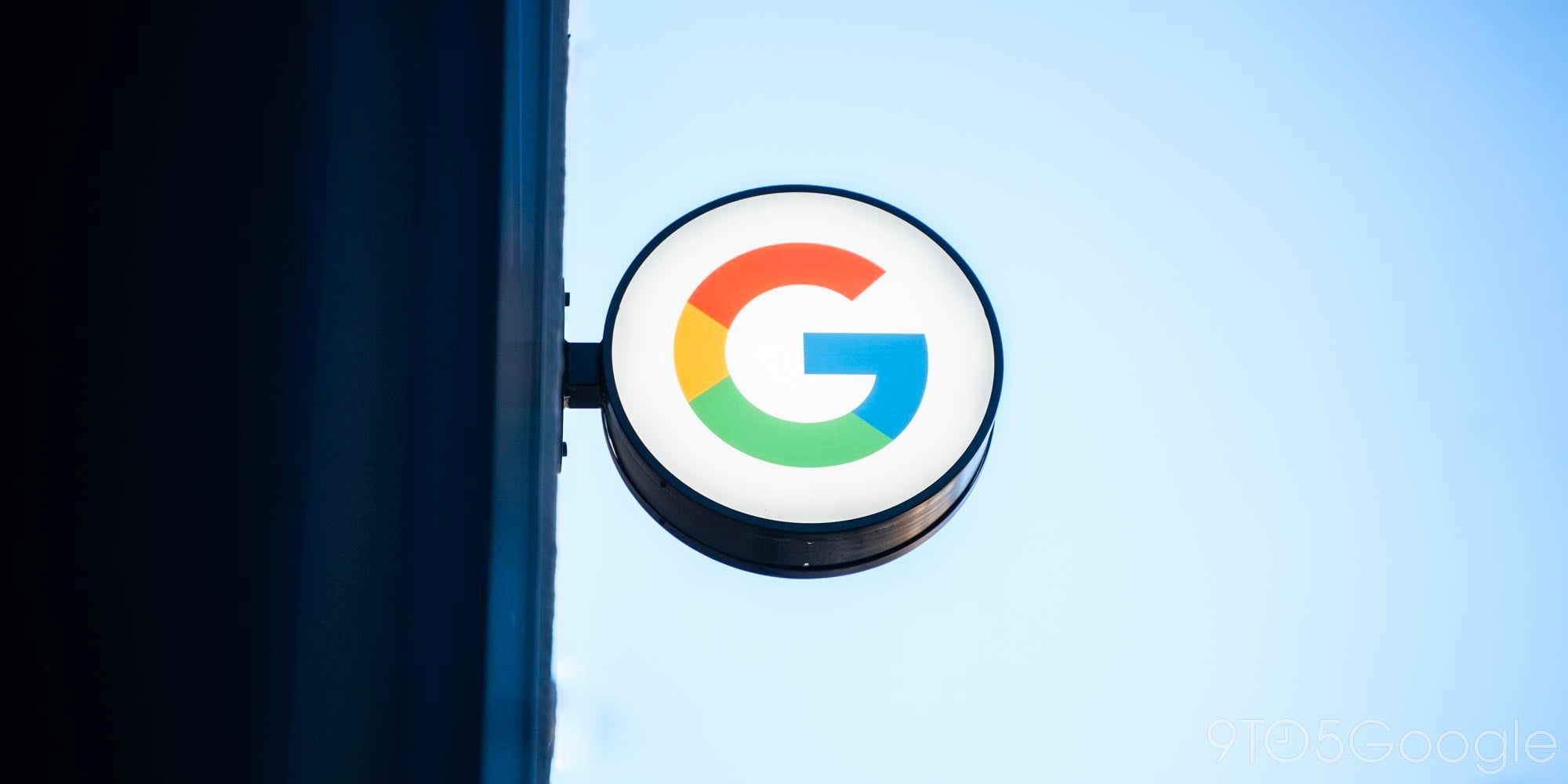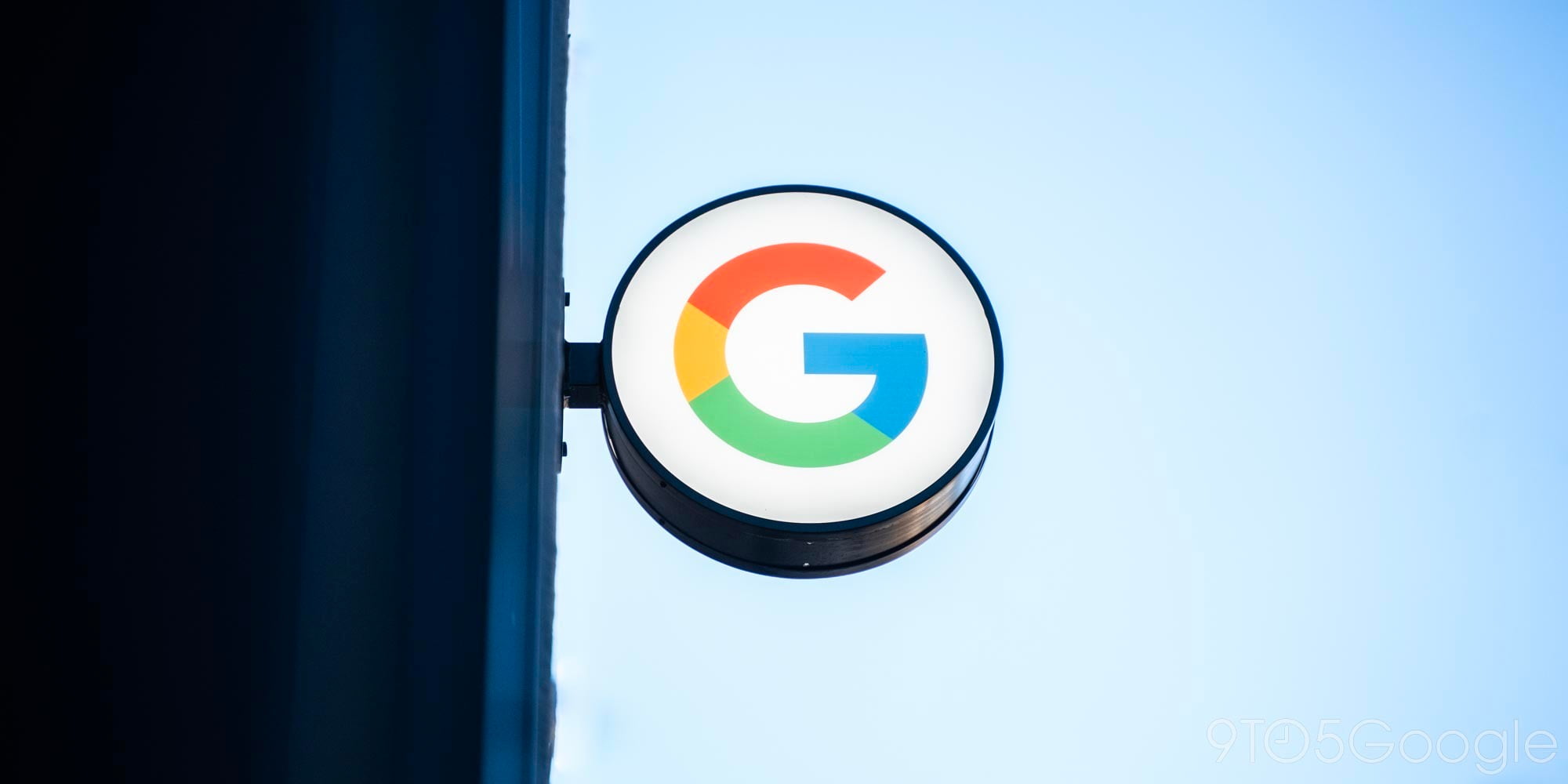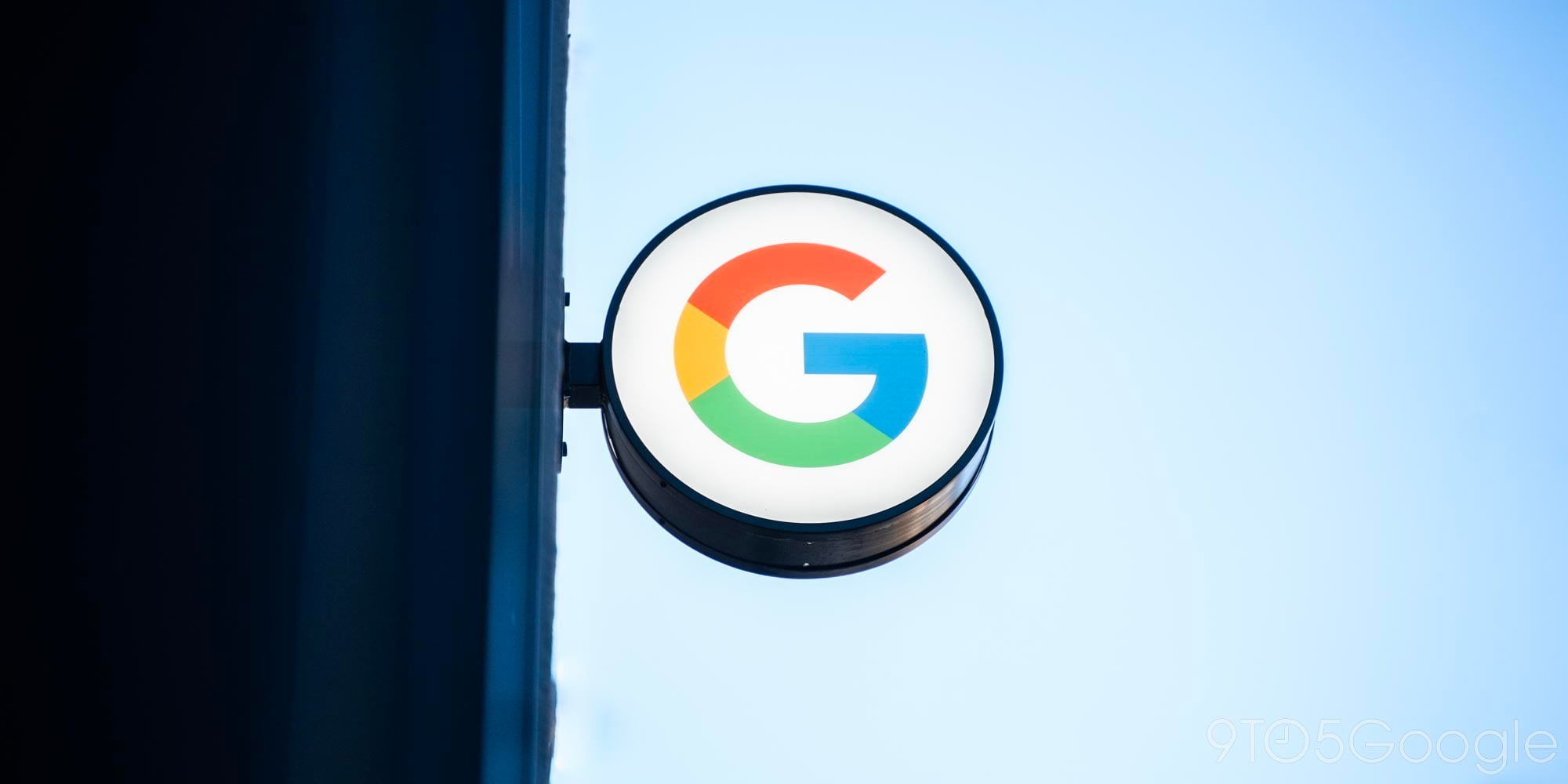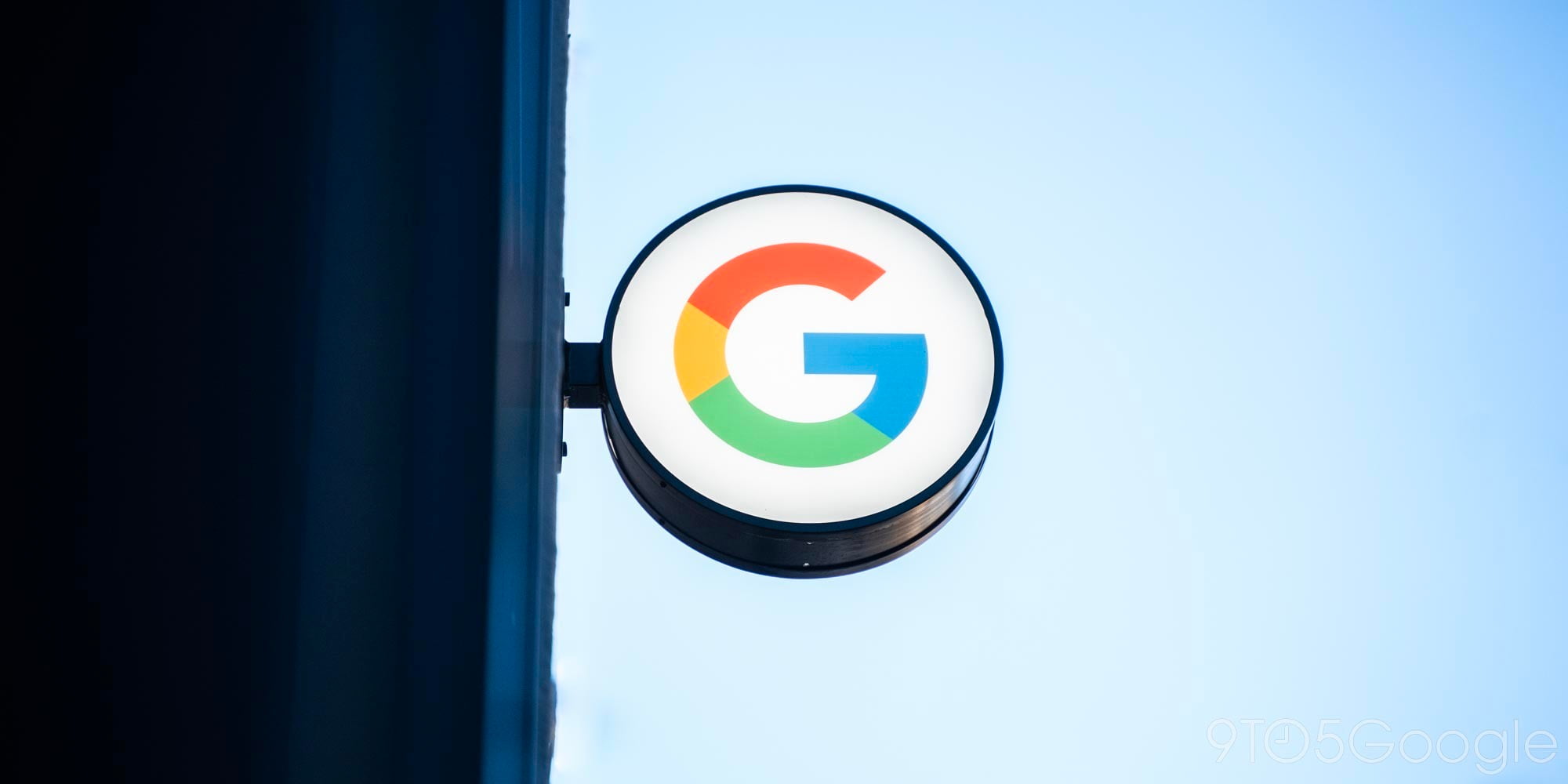

LG is a manufacturer capable of making brilliant hardware and well-considered smartphone designs. The LG G2 had impossibly thin bezels, unlike anything else on the market when it launched. Likewise, the G3 was the first mainstream smartphone to feature a Quad HD display. The G4 added to that with one of the best cameras we’ve ever seen on an Android phone and it gave us the option of really attractive, comfortable leather back panels.
Thinking specifically about last year’s G-series flagship, LG got so much right with the G4. It distinguished itself from its Korean competitor’s phones by offering flexible battery and external storage options as well as a customizable appearance thanks to the various colors of interchangeable shells, which included the attractive leather options. If you had a little time and patience, you could even add your own wireless charging with the help of an affordable third-party Qi-sensor.
In all, there really was a lot to like about the G4. It felt great in hand and had decent enough battery life, but its killer feature was its camera. The 16MP camera with RAW support offered manually adjustable white balance, focus and exposure, meaning you didn’t have to hit and hope that your photo would turn out okay. You could make sure it was perfect before hitting the shutter button. In most cases, images would come out well-balanced, sharp and with plenty of depth.
Looking at LG’s current teasers for the G5 launch — which will take place on February 21st in Barcelona — it seems yet again the phone-maker will big-up the camera. But there’s one vital ingredient LG needs to work on more than anything else if the LG G5 is going to be a fantastic phone: Software.
Granted, it has some really useful features, like the ability to add your own custom shortcut toggles to the drop-down bar, and the Smart Notice weather and clock widget which gives handy pointers throughout the day. What’s more, smart actions let you launch specific apps when plugging in a 3.5mm jack, or double-tapping the volume or power buttons.
Despite its ‘reinvention’ with the G3, LG’s custom software is still among the worst on any Android smartphone. Although, in my opinion, almost all heavy third-party skins can easily fit alongside it in that category. Huawei, HTC and Samsung definitely can’t escape criticism here.
Tackling the completely subjective parts first, LG’s default color scheme is one of the most unattractive going. There’s no consistency, and the color combinations are ghastly. The messaging is particularly offensive. Thankfully, the company did include the ability to change individual app icons in the default launcher, so if you can be bothered to (and like the rest of the UI enough) you can download new icons for every app and apply them.
Let’s not forget, there is always the option to download and install a custom launcher like Google’s minimal Now launcher, or the highly customizable Nova Launcher. It doesn’t get rid of every aspect of LG’s custom UI, but it hides it enough in the right places.
While opinions on design and color choices are subjective, and don’t matter too much, I think most of us can agree that wasted storage is intolerable. It’s why duplicate apps are another reason LG’s software needs improvement. There’s an app for almost everything, which isn’t as great as it sounds. While you can hide the ones you don’t want in the app manager, they will always take up valuable internal storage. Woe betide anyone who’s unfortunate enough to pick up a carrier-locked model. I had a T-Mobile version, and the extra bloatware was unbearable at times.
The launcher had its performance issues too. Like the G3 before it, there was often a delayed response between loading the home screen wallpaper and then app icons when hitting the ‘home’ button. While installing a more lightweight launcher like Google’s helped somewhat, there were often dropped frames in games, stutter in animations and slow-loading of additional layers like third party keyboards. I’d not complain if it was a mid-range device, but the G4 was meant to be the company’s flagship (before the V10 arrived). Its performance from a speed perspective was nothing like a flagship phone.
Initially I assumed the performance quirks were down to the Snapdragon 808 processor, but having spent time with Motorola’s stock Android-equipped X Style, it’s clear that isn’t the main problem. I can only assume, the software and bloatware was to blame.
In short, and in my opinion (which you’re free to disagree with), LG’s software is historically inefficient, ugly and in many parts, redundant. If the G5 is going to be a great phone, the software needs a re-think and a strip-down, because if rumors are accurate, the hardware will be incredible.
FTC: We use income earning auto affiliate links. More.






Comments